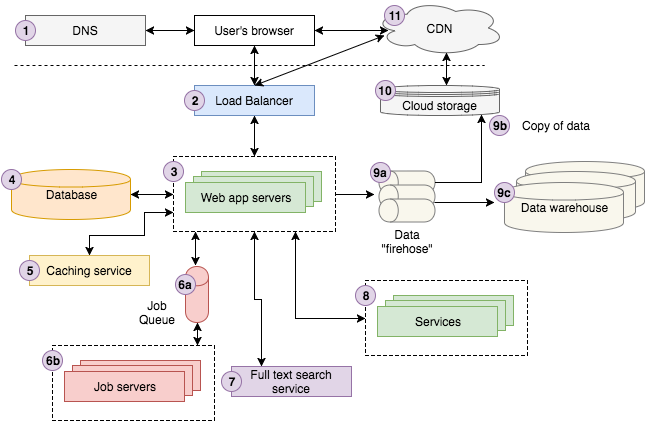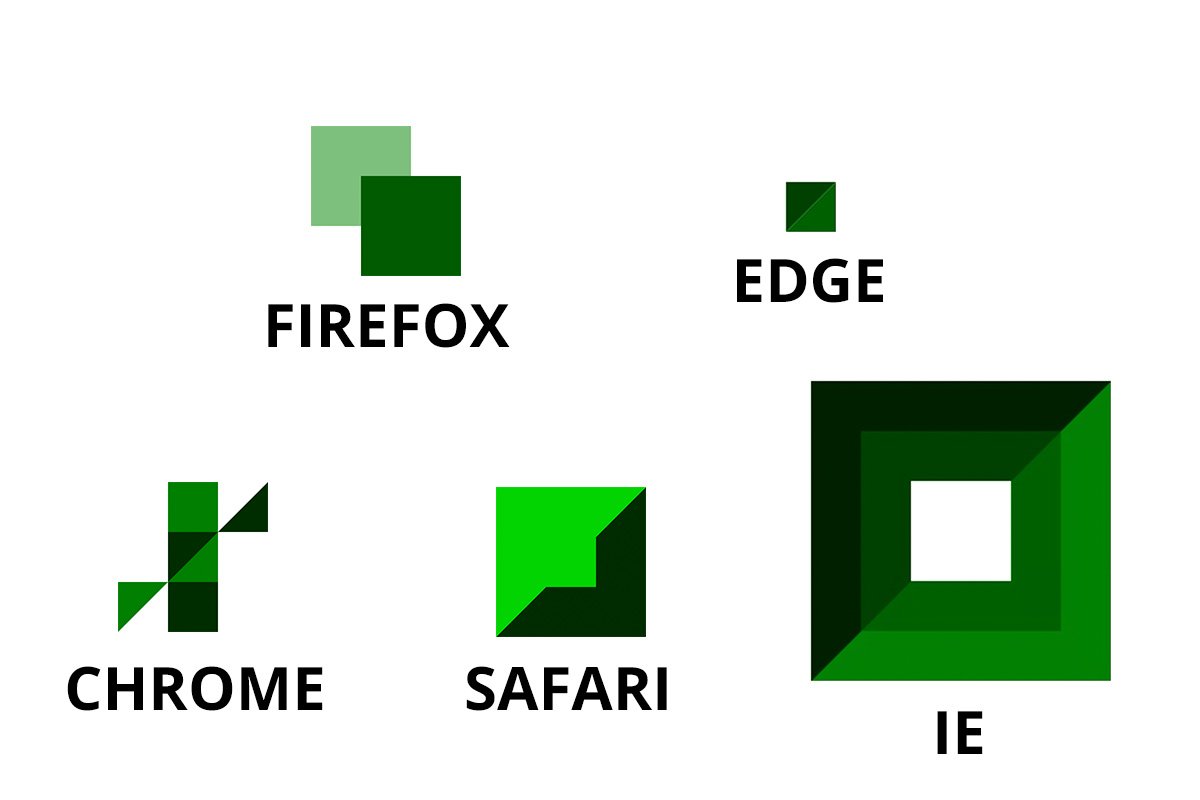“A collection of thoughts, opinions, and advice for defining component APIs that are meant to be more flexible, composable, and easier to understand. None of these are hard-and-fast rules, but they’ve helped guide the way I think about organizing and creating components.” |
|
Tom guides us through git's underlying architecture using a First Principles approach that’s bound to teach you a thing or two about how git internals work. |
|
“The basic architecture concepts I wish I knew when I was getting started as a web developer.” If you enjoy this article, you’re going to love what I have in mind for the fifth book in Modular JavaScript! |  |
|
You probably already know that microservices is the architecture du jour. Coming of age alongside this trend, Segment adopted this as a best practice early on, which served them well in some cases — and not so well in others. |
|
Last week, an unauthorized party gained elevated privileges to eslint-scope and published a compromised 3.7.2 version. The npm team has since unpublished the malicious version. If you did download eslint-scope@3.7.2, please clear your cache to avoid leaking secrets. Root cause seems to be a vulnerability that allowed people to generate keys for packages they did not have control of. If you don’t have 2FA enabled in your npm account, then please do so now! |
|
You may use it every day, but have you seen what happens after Babel transpiles it? |
|
The CSS Paint API is extremely exciting, not only for what it is, but what it represents, which is the beginning of a very exciting time for CSS. Let’s go |  |
|
Is 1ch in CSS the width of one character? Well… yes and no. Mostly no. |
|
<div></div>
html {
display: table;
height: 100%;
width: 100%;
}
body {
display: table-cell;
vertical-align: middle;
}
div {
margin: auto;
width: 100px;
height: 100px;
outline: inset 100px green;
outline-offset: -125px;
}
|  |
|
|



Comments